The optimisation of plutonium separation
BGS research leads to advancements in the detection of plutonium and ultimately the determination of soil erosion rates in tropical soils.
07/11/2023 By BGS Press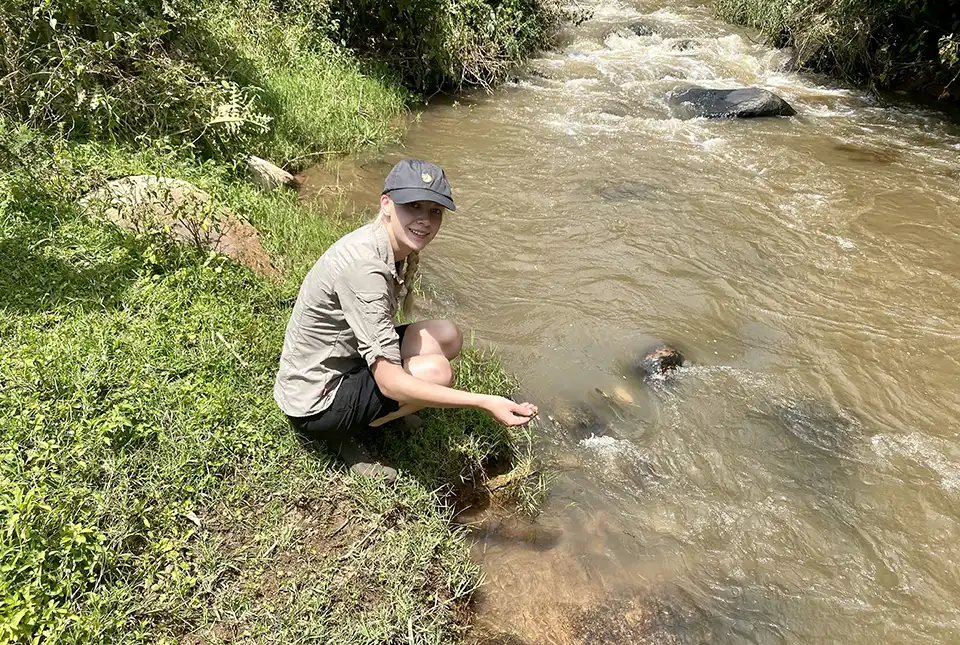
Soil erosion processes present the greatest risk to land degradation worldwide and, due to fertile soil being an essential resource, there is increasing concern around the world regarding accelerated soil erosion, particularly in developing countries.
The analysis of plutonium (Pu) in soil samples can inform the understanding of soil erosion processes globally. However, there are specific challenges associated with such analysis in tropical soils, so an optimal analytical methodology that ensures the best sensitivity is critical.
Why use plutonium?
Due to their long retention times and minimal spatial variability, Pu isotopes have proven useful as an alternative fallout radionuclide tracer for determining soil erosion rates. To utilise Pu as an effective soil erosion tracer in the southern hemisphere, separation techniques and analyses need to be optimised to establish a robust analytical method for the determination of ultra-trace level Pu isotopes. This method must also have sufficient sensitivity for African soil samples, which typically have very low Pu concentrations compared to the northern hemisphere.
This research aimed to accurately establish fallout Pu activity concentrations in tropical soils in order to determine soil erosion rates with an improved separation and analysis method for ultra-trace Pu determination. To achieve this aim we had to:
- adapt and optimise a separation method using trialkyl methylammonium nitrate (TEVA) cartridges to remove matrix interferences with pre-concentration of ultra-trace Pu isotopes (this reduced waste and increased throughput)
- establish a robust analytical method for the determination of ultra-trace level Pu isotopes with sufficient sensitivity for African soil samples using oxygen as a reaction gas for inductively coupled plasma mass spectrometry (ICP-MS)
The development of robust analytical methods to determine rates of soil erosion and its effect on land degradation is vital to advise mitigation strategies, ultimately ensuring the future sustainability of soils.
Sophia Dowell, PhD student at BGS.
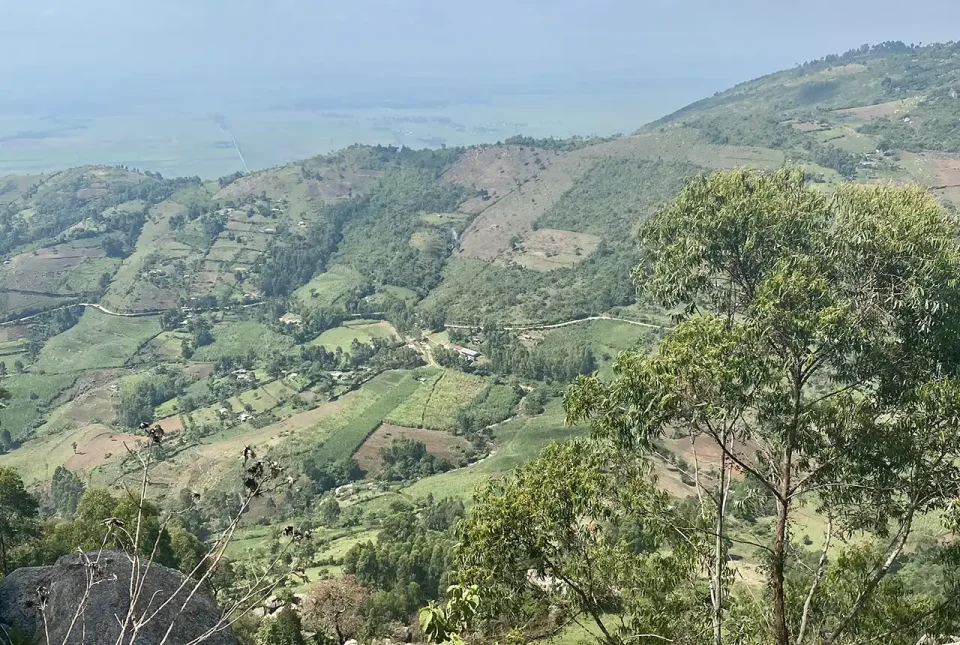
Views from the research area in Kenya. BGS © UKRI.
Where does the plutonium come from?
Pu is present in the environment primarily because of nuclear weapons testing. Between 1945 and 1980, 520 atmospheric tests were conducted worldwide; however, only 10 per cent of these experiments were conducted in the southern hemisphere. This resulted in significantly less fallout in the tropics than in the mid-latitudes of the northern hemisphere, which makes the analysis of ultra-trace Pu isotopes in tropical soils challenging.
The challenge of plutonium analysis
Due to their long retention time and minimal spatial variability, Pu isotopes have recently been used as an alternative fallout radionuclide tracer for determining soil erosion rates. As a result of the long half-lives of 239Pu and 240Pu (24 110 and 6561 years, respectively), approximately 99 per cent of the original activity remains in soils. This means they are suitable as stable, long-term tracers compared to, for example, 137 caesium (Cs), despite Cs’s significantly higher activity in the environment, as Cs only has a half-life of 30 years. Additionally, more than six times as many atoms of 239Pu and 240Pu were initially dispersed compared to 137Cs. This combination of long half-life and higher atom content makes mass spectrometry (MS) techniques better suited to Pu isotopes, whereas radiometric decay counting techniques are more appropriate for the higher specific activity 137Cs.
Consequently, recent developments in mass spectrometry techniques have the potential to increase the sensitivity of Pu isotope quantification and subsequently the availability of analytical methods applicable to tropical soils. This raises the potential of using Pu as a soil erosion tracer in the tropics, where the risk of soil degradation is increasing due to extreme weather patterns.
A powerful tool
This method presents a simple, cost-effective, robust sequence with reduced laboratory waste disposal, which is vital to ensure the separation method is applicable to low-resource laboratories. Along with the low detection limits that are comparable to alternative MS methods, this outcome makes the method applicable to the detection of ultra-trace fallout Pu in African soils.
Due to increasing concern regarding accelerated soil erosion and its impact on sustainable intensification of agriculture in developing countries, this work provides advancements in the detection of Pu. The new method is also a powerful tool for the analysis of ultra-trace Pu in African soils, ultimately improving the determination of soil erosion rates in tropical soils to better inform mitigation strategies.
This method has the potential to improve access to advanced soil erosion measurements that could be produced faster than traditional laboratory techniques to enable analyses at scale, yet with greater accuracy than machine learning predictions based on remote sensing data in developing countries which are most at risk to land degradation.
Sophia Dowell, PhD student at BGS.
Funding
BGS led the research in conjunction with the University of Plymouth and the University of Eldoret in Kenya.
Sophia’s PhD was supported by the NERC funded ARIES doctoral training programme (grant number NE/S007334/1), and from the NERC International National Capability grants to BGS (NE/R000069/1 and NE/X006255/1), Royal Society International Collaboration grant (ICA/R1/191077), British Academy (WW21100104) and BGS University Funding Initiative (GA/19S/017).
More information
The full research paper is available: Optimisation of plutonium separations using TEVA cartridges and ICP-MS/MS analysis for applicability to large-scale studies in tropical soils.
The British Geological Survey (BGS) is a world-leading geological survey that undertakes strategic science for the benefit of society. BGS is part of UK Research and Innovation (UKRI) and a research centre within the Natural Environment Research Council (NERC).
BGS delivers research, products and services for the UK, and operates internationally to maximise the impact of its science and to contribute to the UK’s international priorities. BGS is the national centre of geological data and information and undertakes monitoring and analytical research programmes. These enable the timely and authoritative provision of impartial and independent information and advice to governments, industry and civil society.
The new BGS Strategy for 2023 to 2028, ‘Understanding our Earth’, sets out its four priority science areas for the next five years, helping to deliver the necessary geological data and knowledge for a sustainable future. See www.bgs.ac.uk.
Relative topics
Related news
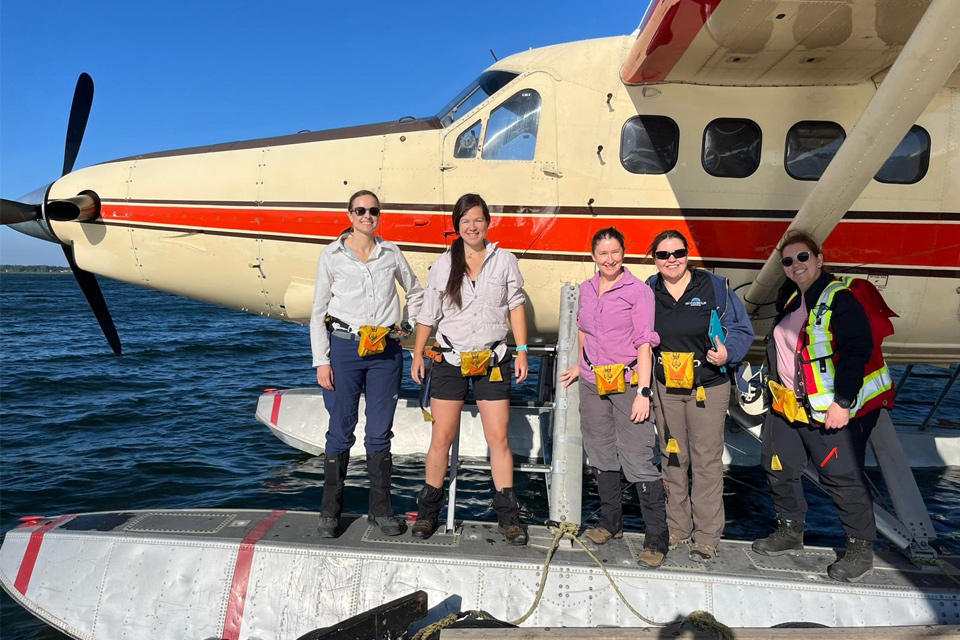
Funding awarded to UK/Canadian critical mineral research projects
08/07/2025
BGS is part of a groundbreaking science partnership aiming to improve critical minerals mining and supply chains.
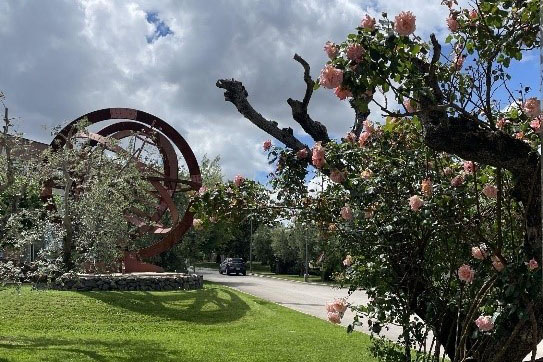
AI and Earth observation: BGS visits the European Space Agency
02/07/2025
The newest artificial intelligence for earth science: how ESA and NASA are using AI to understand our planet.
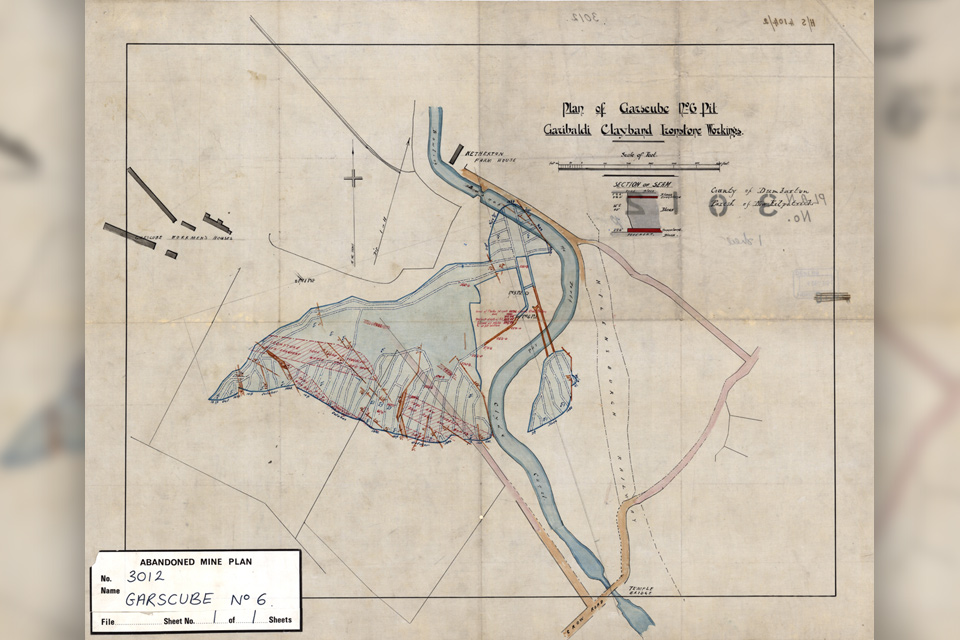
Release of over 500 Scottish abandoned-mine plans
24/06/2025
The historical plans cover non-coal mines that were abandoned pre-1980 and are available through BGS’s plans viewer.
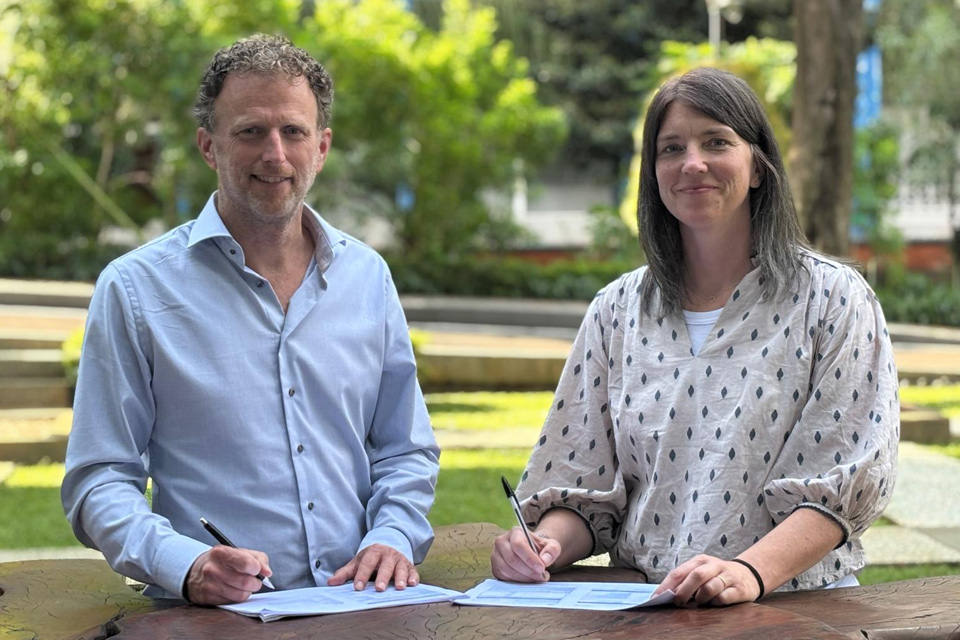
New collaboration aims to improve availability of real-time hazard impact data
19/06/2025
BGS has signed a memorandum of understanding with FloodTags to collaborate on the use of large language models to improve real-time monitoring of geological hazards and their impacts.

Modern pesticides found in UK rivers could pose risk to aquatic life
17/06/2025
New research shows that modern pesticides used in agriculture and veterinary medicines have been found for the first time in English rivers.

Goldilocks zones: ‘geological super regions’ set to drive annual £40 billion investment in jobs and economic growth
10/06/2025
Eight UK regions identified as ‘just right’ in terms of geological conditions to drive the country’s net zero energy ambitions.
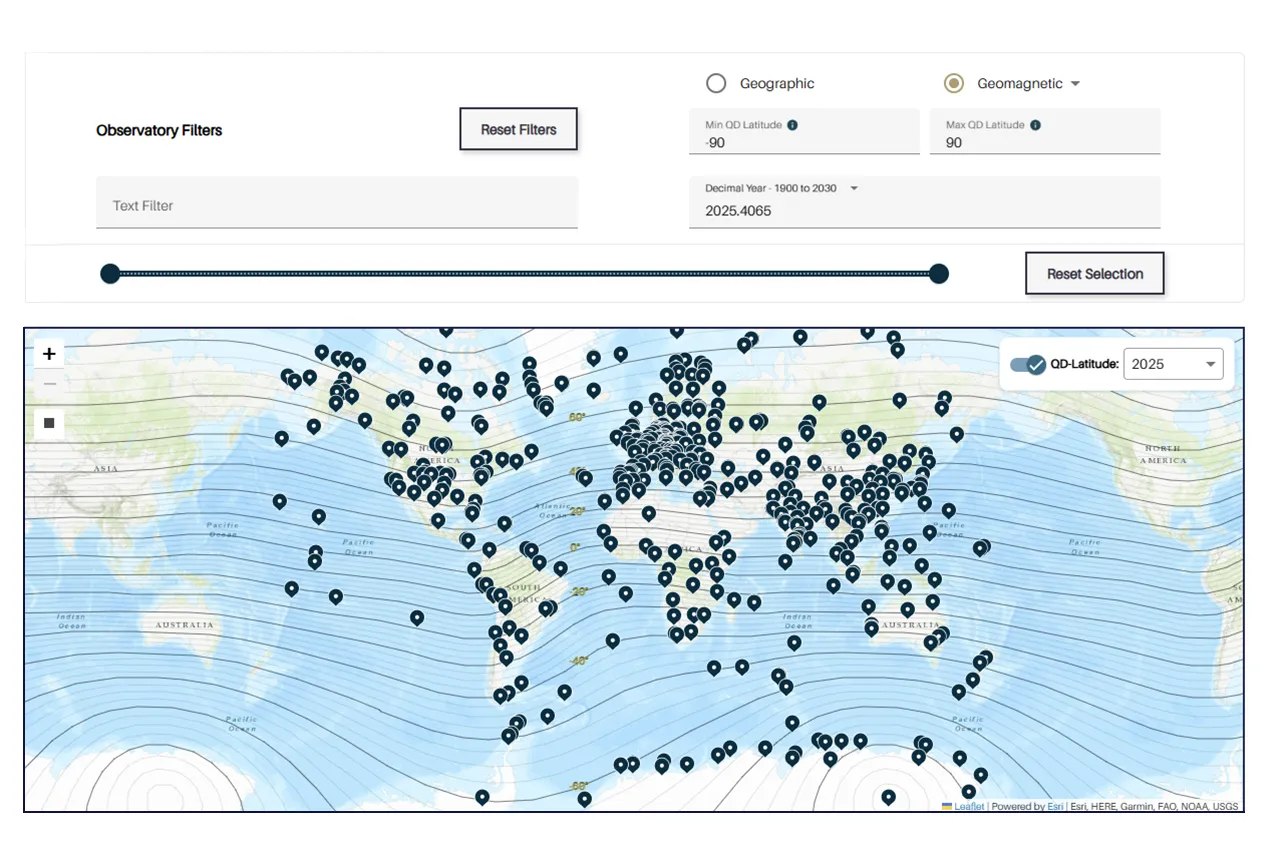
Upgraded web portal improves access to geomagnetism data
02/06/2025
BGS’s geomagnetism portal, which holds data for over 570 observatories across the world, has received a significant update.
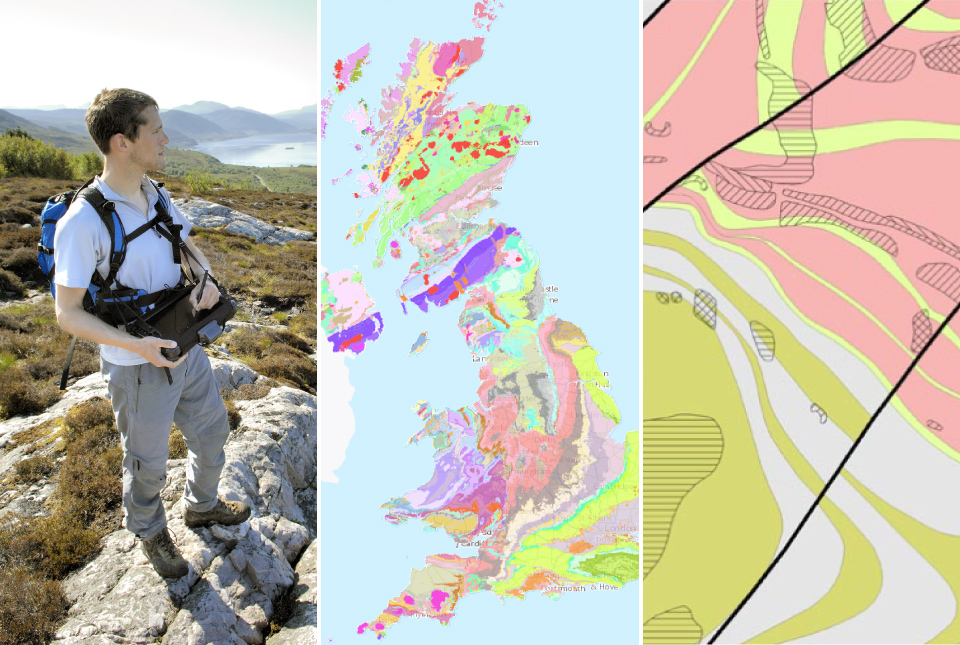
BGS digital geology maps: we want your feedback
29/05/2025
BGS is asking for user feedback on its digital geological map datasets to improve data content and delivery.
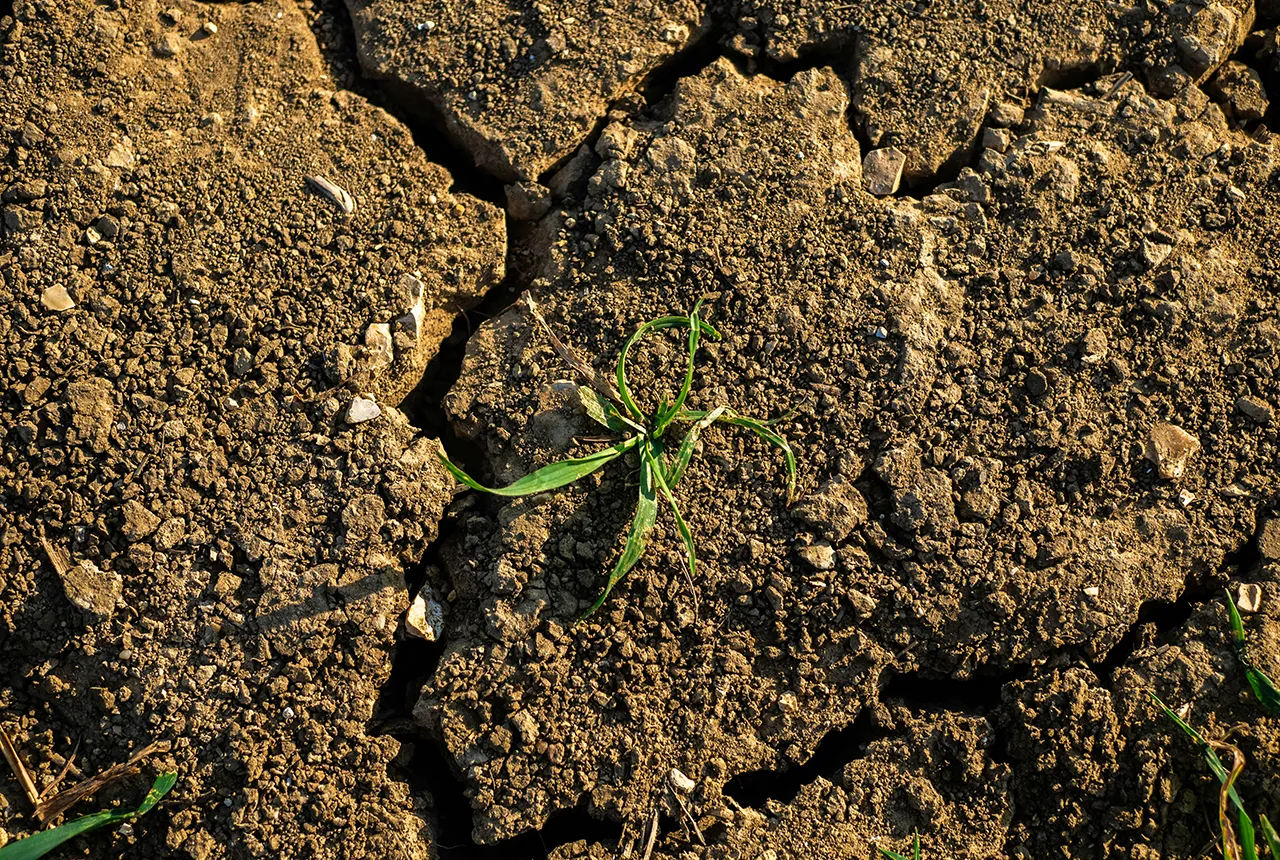
What is the impact of drought on temperate soils?
22/05/2025
A new BGS review pulls together key information on the impact of drought on temperate soils and the further research needed to fully understand it.
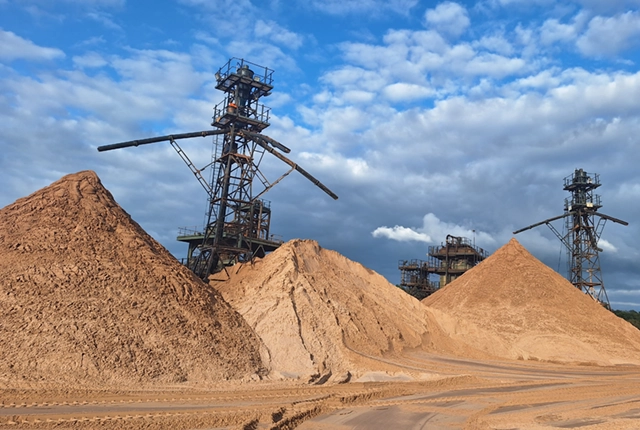
UK Minerals Yearbook 2024 released
21/05/2025
The annual publication provides essential information about the production, consumption and trade of UK minerals up to 2024.
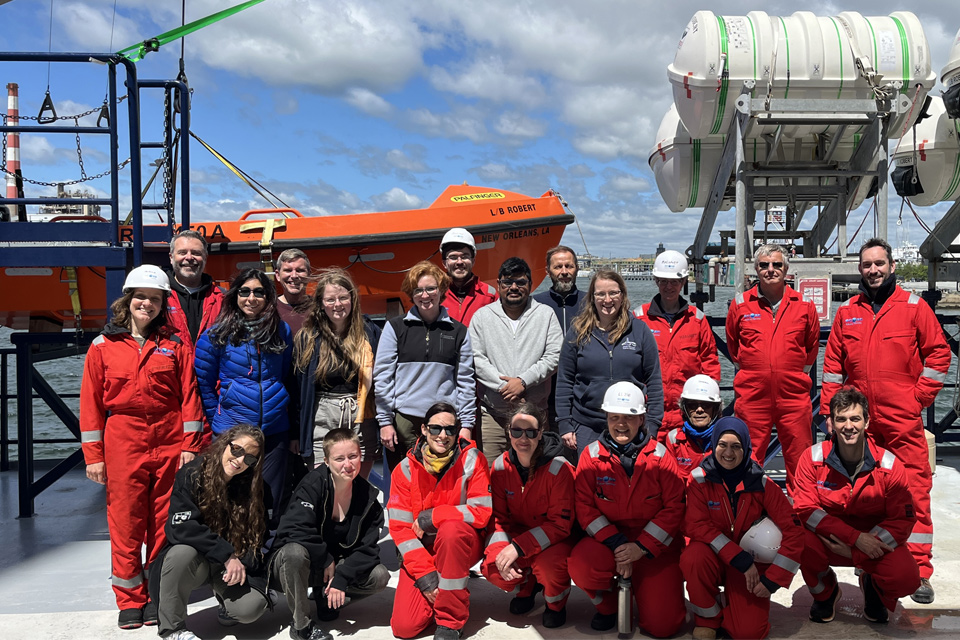
BGS scientists join international expedition off the coast of New England
20/05/2025
Latest IODP research project investigates freshened water under the ocean floor.

New interactive map viewer reveals growing capacity and rare earth element content of UK wind farms
16/05/2025
BGS’s new tool highlights the development of wind energy installations over time, along with their magnet and rare earth content.




